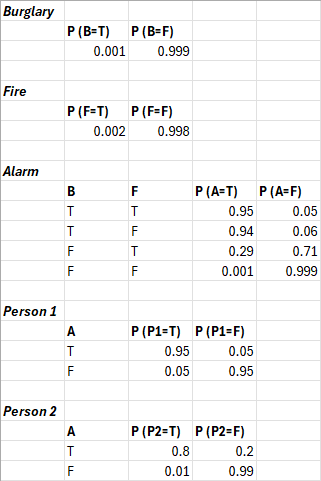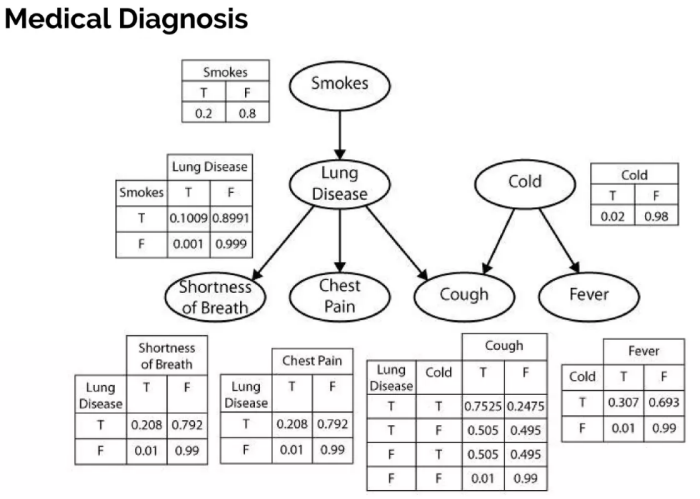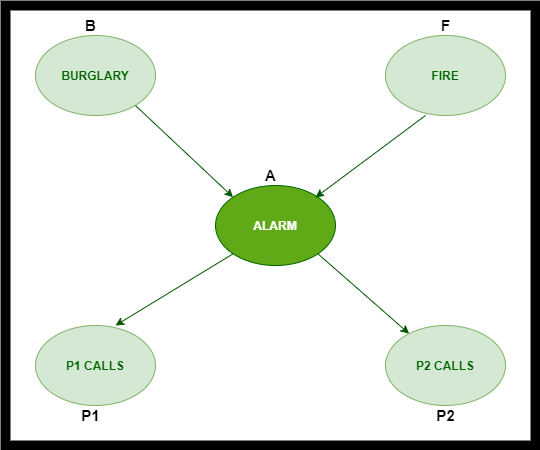Data Science
Bayesian Network
The box of dice:
- 99% fair, 1% loaded (50% at six)
- randomly pick a die and roll
- If we get 3 six in a row, what’s the chance that the die is loaded?
- If we get 5 six in a row, what’s the chance that the die is loaded?
Am I dying ?:
- There is a rare deadly disease is present in the population at 1 in 100,000
- A test for this disease will report positive for 99.5% of people with disease, and negative 99.9% of time for those without.
- One day, I took this test, and got a Postivite result. Am I dying?
Bayesian Network
A Bayesian network (also known as a Bayes network, Bayes net, belief network, or decision network) is a probabilistic graphical model that represents a set of variables and their conditional dependencies via a directed acyclic graph (DAG).
It is used to handle uncertainty and make predictions or decisions based on probabilities.
* Graphical Representation:
Variables are represented as nodes in a directed acyclic graph
(DAG), and their dependencies are shown
as edges.
* Conditional Probabilities:
Each node’s probability depends on its
parent nodes, expressed
as P(Variable | Parent).
* Probabilistic Model:
Built from probability distributions, BNs apply probability
theory for tasks like prediction and anomaly detection.
Here is one example:
with this probability table

How to calculate the probability of "Burglary is T, Fire is F, Alarm is F, Person1 is F, Person2 is T" ?
Medical Diagnosis example:
Try to build the Bayesian Network for this case.

Asthma example :
Here is a dataset related to Asthma.
The information includes: "sex age urbanization education geographic_area allergy smoke sedentary asthma"
Based on your best knowledge, construct a Bayesian Network based on this dataset.
Assume that we are building an Expert System from scratch.
Build several/a DAG based on your knowledge.
Start from no patient.
Make prediction for next patient based on your Bayesian Network.
Use the new patient's information to update your Bayesian
Network, and predict next patient.
Keep track of your BNs'
performance, until all the patients are included.
